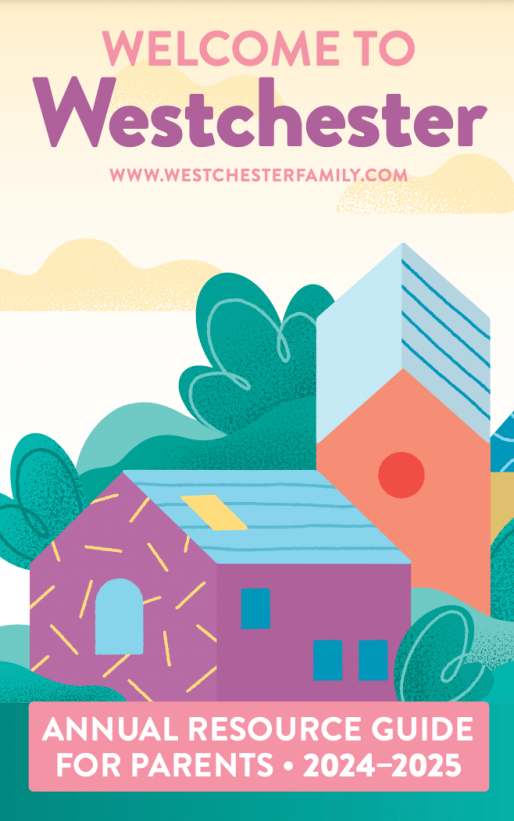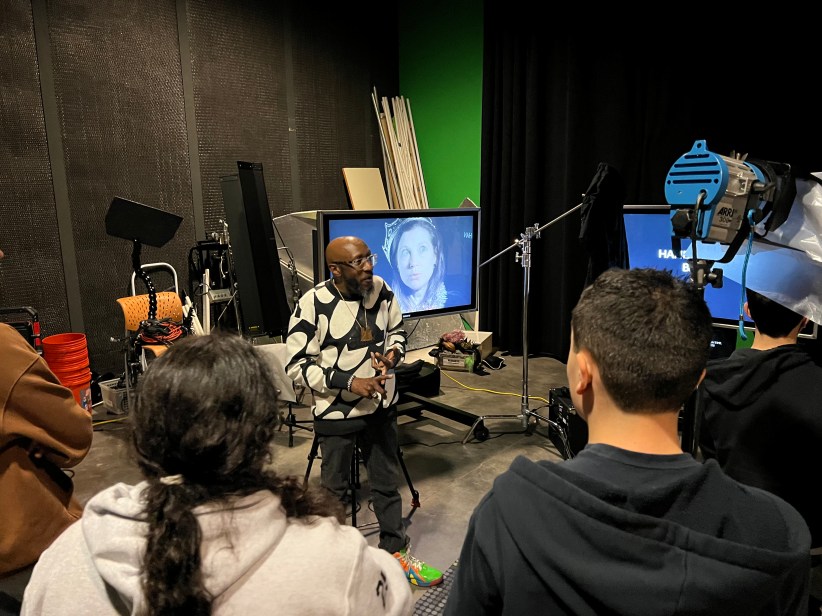From the moment your child wakes up until they go to sleep at night, their eyes are working to help them take in the world around them. We spoke with Kelly Hutcheson, M.D., MBA, and the Director of Ophthalmology at Westchester Medical Center Health Network for tips on how to keep your child’s eyes healthy from infancy and throughout the school years.
Screening Should Start in Infancy
Children should start getting their eyes tested at their well-baby check-ups by their pediatricians, according to Hutcheson. At these appointments, the doctor can begin to inspect the eye’s appearance and by the time the baby is 2 to 3 months old, a baby with healthy vision should start to make eye contact and offer a “social” smile when an adult is close up. As the child grows into a toddler, these well-baby check ups should always incorporate an assessment of the visual system, notes Hutcheson.
With one in 20 preschoolers and one in four school-age children having vision problems, according to the American Academy of Ophthalmology, vision screening is a crucial first step in identifying any eye health issues. Kids should get their eyes examined between ages 3 and 5 annually in a vision screening either at the pediatrician or in the school system. Hutcheson notes that if your child fails the screening, they should be referred to a pediatric ophthalmologist or pediatric optometrist for a comprehensive exam.
“Screening is very variable and one of the most important things is to ensure that the testing is age-appropriate,” explains Hutcheson. A picture chart may be used for a toddler who doesn’t know their letters yet. By the time children are 4 to 5 years old, they can usually read an eye chart while standing away from it at the proper distance, explains Hutcheson.
Poor Vision Symptoms
In infancy, parents should be aware if their baby is not tracking, making “social smiles” or appropriate facial expressions in response to others, as these are all signs of a vision problem. “Children with vision problems also sometimes stare at lights excessively which is a sign of visual impairment,” explains Hutcheson.
Other symptoms of vision problems could be poking at the eyes, difficulty in making a transition from a lighted to a dark environment and/or difficulty seeing in the dark.
Hutcheson sees many patients who have subtler signs of visual impairment as the child matures. Parents are sometimes surprised to discover that their child has vision problems because there are no apparent signs of visual impairment. Often the “healthy” eye is compensating for the eye with vision problems.
Common Eye Problems in Children
Some of the more common vision problems that Hutcheson sees in school-age children are amblyopia (or lazy eye), far-sightedness, astigmatism and strabismus. “Amblyopia is a non-organic vision loss with nothing structurally wrong with the eye,” explains Hutcheson. Amblyopia results from a misalignment of the eye, a need for glasses (commonly referred to as refractive error), or disruption of light passing through the eye. In school-age children, amblyopia is the most common reason that children need glasses. Amblyopia responds very well to glasses, patching or even surgery. But it is important to get early screening as it becomes more difficult to treat as the visual system matures at around 8 to 9 years old.
Astigmatism causes blurred vision at all distances. It can also usually be corrected with glasses. Strabismus (or crossed eye) also is a common problem and responds well to glasses and in more severe cases, surgery may be warranted.
Hutcheson notes that there are many lightweight glasses that are made with high index plastic or titanium frames that are specifically designed to stay on an infant, toddler or school age child. She suggests an elastic strap that fits tightly around the head and wrap-around soft and flexible earpieces to help with compliance in younger children.
Know Your Vision Specialists and Family History
Parents are sometimes confused about which specialists to see for their child’s eye problems. An ophthalmologist is a medical doctor, usually a surgeon, who treats the patient from an integrated perspective and can perform surgery if necessary. They regularly perform operations such as eye muscle surgery for strabismus, tear duct or eye lid problems. Optometrists, while not medical doctors, have specialty education, training and licensing to perform eye exams/vision tests, prescribe corrective lenses, detect certain eye abnormalities, and prescribe medications for certain eye diseases.
It’s important to know your family’s eye health history, as certain vision problems are hereditary. “If there is a family history of eye problems of parents or siblings or a known genetic problem, all siblings should be screened at an early age,” urges Hutcheson.
Stacey Pfeffer is a Westchester-based freelance writer and editor.










